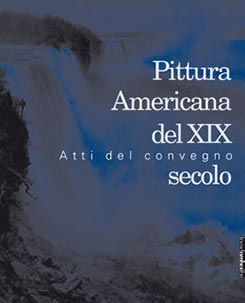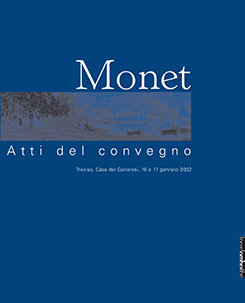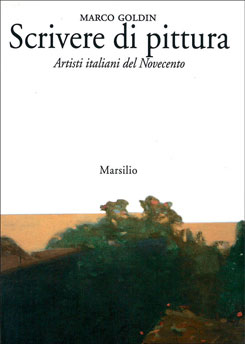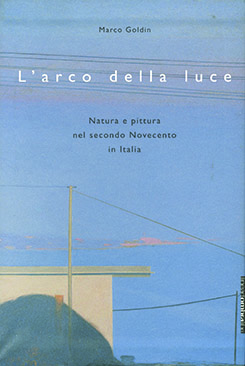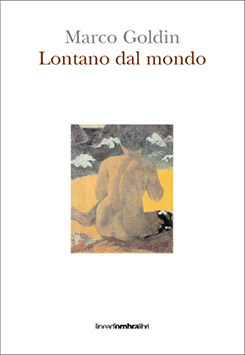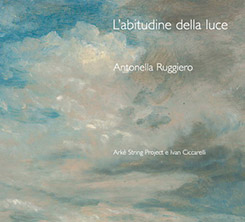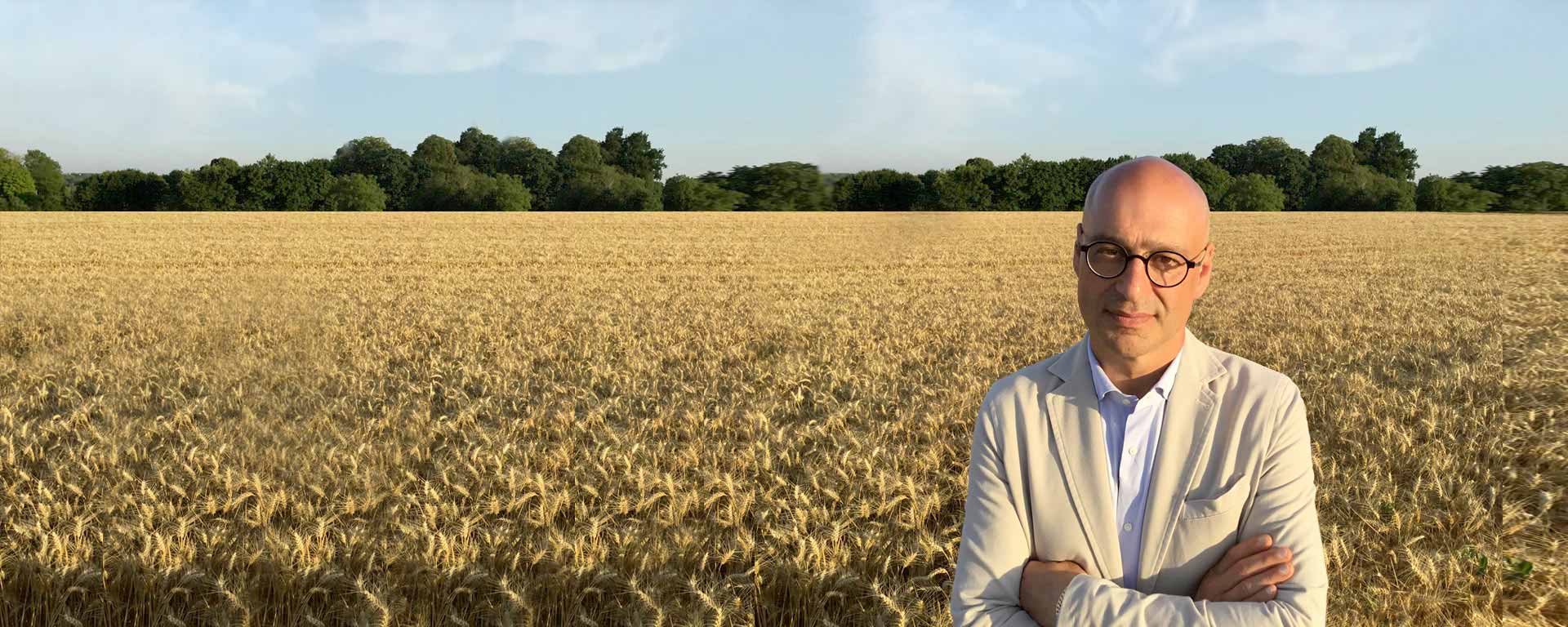

Initial notes
Marco Goldin was born in Treviso in 1961.
He graduated in 1985 with a first-class honours degree in the History of Art Criticism from Ca’ Foscari University, Venice, under professor Ernesto Guidorizzi, with a dissertation on Roberto Longhi scrittore e critico d’arte.
Since 1984 he has curated over 400 exhibitions. Initially they were devoted to nineteenth- and twentieth-century art in Treviso and the Veneto, then nineteenth- and twentieth-century Italian art, and lastly European and American art of the same period. For all these exhibitions he wrote the catalogues, which over the years also involved the collaboration of hundreds of leading Italian and international experts. The catalogues were at times companion books written in an independent form, especially from 2011 and the four-part series dedicated to the themes of the journey, the gaze, the landscape and night.
He conceived, jointly coordinated and organised two major international study conferences, which were the first of their kind on their respective topics in Italy. Held in Treviso in January 2002, the first conference was on Monet, while the second, in Brescia in April 2008, was dedicated to nineteenth-century American painting; he also edited the conference proceedings.
From 1988 to 1991 he wrote reviews and notes on art for the local newspapers in the Espresso Group: Il Mattino di Padova, La Tribuna di Treviso, and La Nuova Venezia.
From 1991 to 1995 he wrote reviews and notes on art for the Italian national daily newspaper Il Giornale, first under the editorship of Indro Montanelli, and then Vittorio Feltri. From 1988 to 2002 he was director of the Galleria Comunale di Palazzo Sarcinelli in Conegliano (Treviso), where he curated and organised seventy-six exhibitions, almost entirely dedicated to nineteenth-century Italian art, and particularly the second half of the century.
In December 1996 he founded Linea d’ombra, a company specialised in organising all aspects of exhibitions both on Italian and especially International art.
Since then for the exhibitions that he has curated he has obtained loans from 1,072 museums, foundations and private collections worldwide. A total of 9,889 works by 1,030 different artists thus came to Italy.
Since the creation of Linea d’ombra, the exhibitions that he has organised have been visited by over 10 million people. For nine years his exhibitions were the most visited in Italy, while a further three were in the top three. Four of his exhibitions were among the top ten visited worldwide in their respective years.
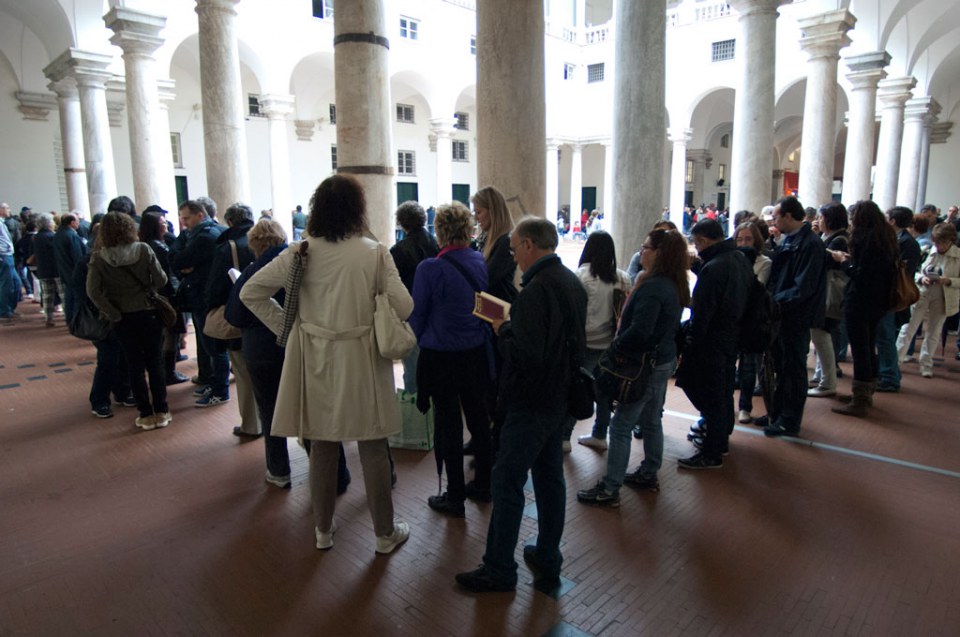
In 1999 he founded Linea d’ombra Libri, a publishing house that in 2010 became part of Linea d’ombra. Since 1999, 200 titles have been published, either monographic studies, catalogues or books of essays.
Before the creation of Linea d’ombra Libri, his catalogues were published by major Italian publishers, such as Electa, Skira, Marsilio and Longanesi.
In 1997 Marsilio published in its essay series, Scrivere di pittura. Artisti italiani del Novecento, a book with a selection of his essays on contemporary art, written from 1980 to 1997.
In 2002 Linea d’ombra Libri published a large collection of his texts in a two-volume work entitled L’arco della luce. Natura e pittura nel secondo Novecento in Italia. This was the complete collection of the seventy-six essays written for the exhibitions at the Palazzo Sarcinelli, Conegliano from 1988 to 2002. Fabrizio D’Amico, art critic for La Repubblica, commented: “With a basically Idealist background, Goldin nourished himself intellectually by his reading, consisting mainly of French writers from the symbolist and spiritualist area and then Phenomenology and Structuralism. The overall effect of this cultural formation often leads him to mention the great categories of the spirit around which he organises experience, also in the field of painting: space and time, memory and future, being and becoming. Around these categories Goldin boldly constructs his winding, all-embracing grammatical sentence, which has communicative immediacy and is always stripped of specialist self-indulgences. He then gradually conducts it towards a delight in the sudden interruption of a full stop, an unexpected vertigo, or a harshness that lights up in a flash the broad river bed of his sentence."
At various times since 1998, he has conceived and coordinated exhibition activities in many locations in Italy. After the Palazzo Sarcinelli in Conegliano (1988/2002) and the Casa dei Carraresi, Treviso (1988/2003), he moved to Brescia, Turin, Villa Manin at Passariano (Udine), Rimini, San Marino, Genoa, Vicenza, Verona and Bologna.
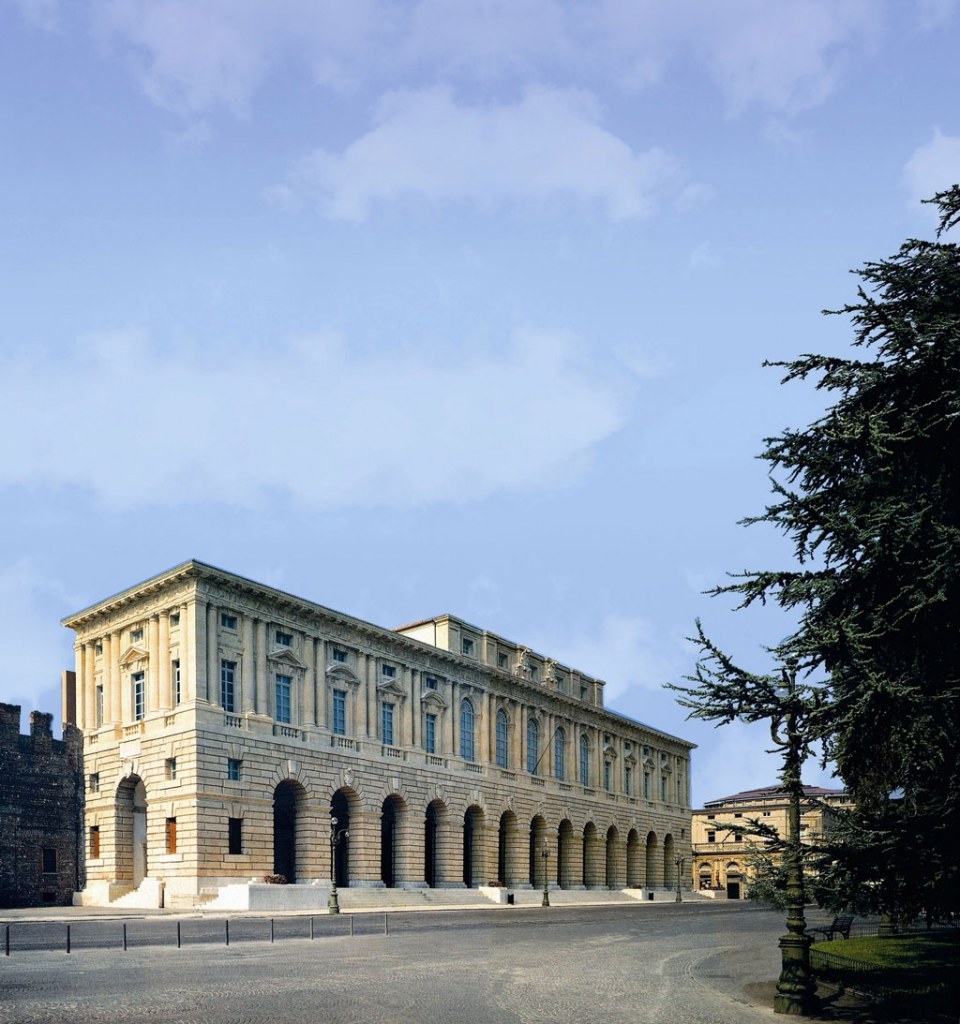
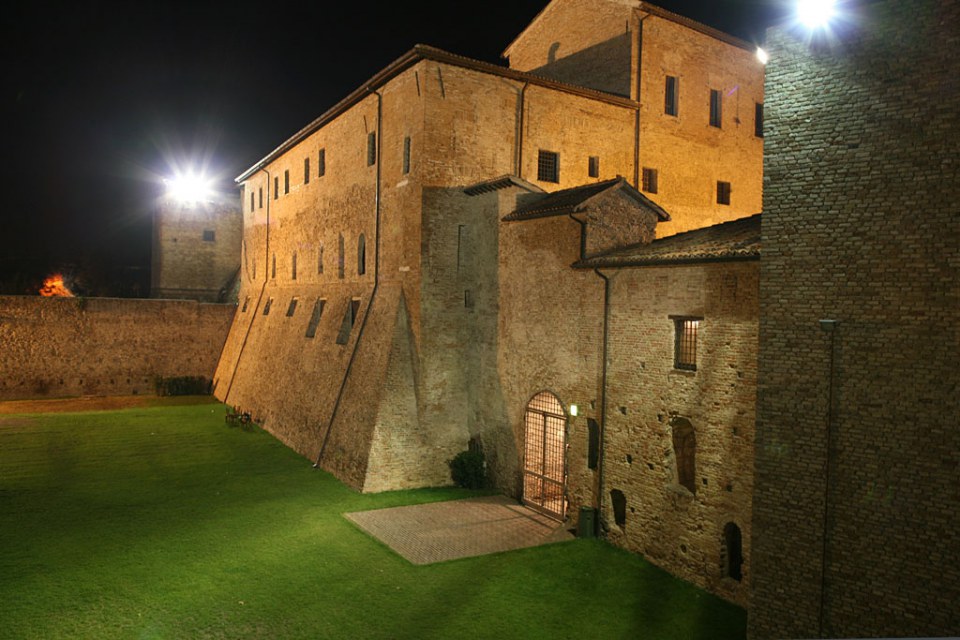
In 2005 he also began writing for theatre. His plays focused on artists who would also be at the centre of his major exhibitions. These works were performed in some major Italian theatres: the Teatro Regio and Teatro dal Carignano, Turin, the Teatro al Carcano, Milan, the Teatro Comunale, Bologna, the Teatro Grande, Brescia, the Teatro Donizetti, Bergamo, the Teatro Filarmonico, Verona, the Teatro della Pergola, Florence, the Teatro Politeama, Genoa and the Teatro Brancaccio, Rome. The plays are constructed round events in the life of Van Gogh, Gauguin, Corot, Monet, and Vermeer. In these works for theatre, music was a fundamental part from the outset and led to important collaborations with musicians such as Franco Battiato, Alice, Francesca Michielin, Antonella Ruggiero, Francesco Renga and Tosca. Goldin also wrote the lyrics for some songs which were then performed on stage and subsequently released on DVD and CD. Many composers and musicians have been involved in his work: from Battiato to Roberto Colombo, Carlo Boccadoro, Angelo Privitera, the Arké String Project, the Modern String Quartet, Stefano Salvatori, the Framers, Paolo Troncon, Renzo Ruggieri, Piero Salvatori and Mauro Martello. The performances for theatre were at times also accompanied by choirs and string orchestras. Actors obviously also played a crucial role, either in readings or plays, and they include Giulio Brogi, Carlo Valli, Loriano Della Rocca, Gilberto Colla, Angelica Leo, Sandro Buzzatti, Fiorenzo Fiorito, Carla Chiarelli and Paola Giacometti.
In a review of Lontano dal mondo, a play on Gauguin and Van Gogh at the Teatro del Carcano Milan in 2005, the doyen of Italian theatre critics, Ugo Ronfani, wrote in Il Giorno: “But there was something else which I found interesting, almost exciting: the operation successfully implemented the original idea to present on stage a large exhibition of painting, thus speeding up the process of the fusion of the arts now underway in the new multi-code theatre.”
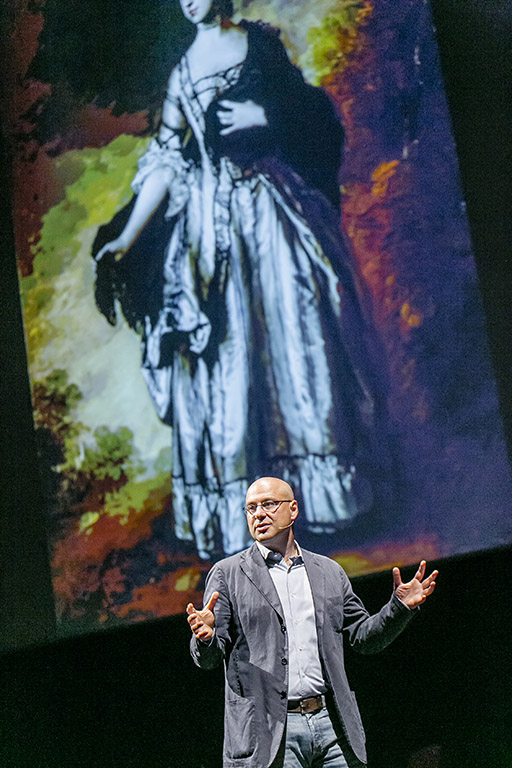
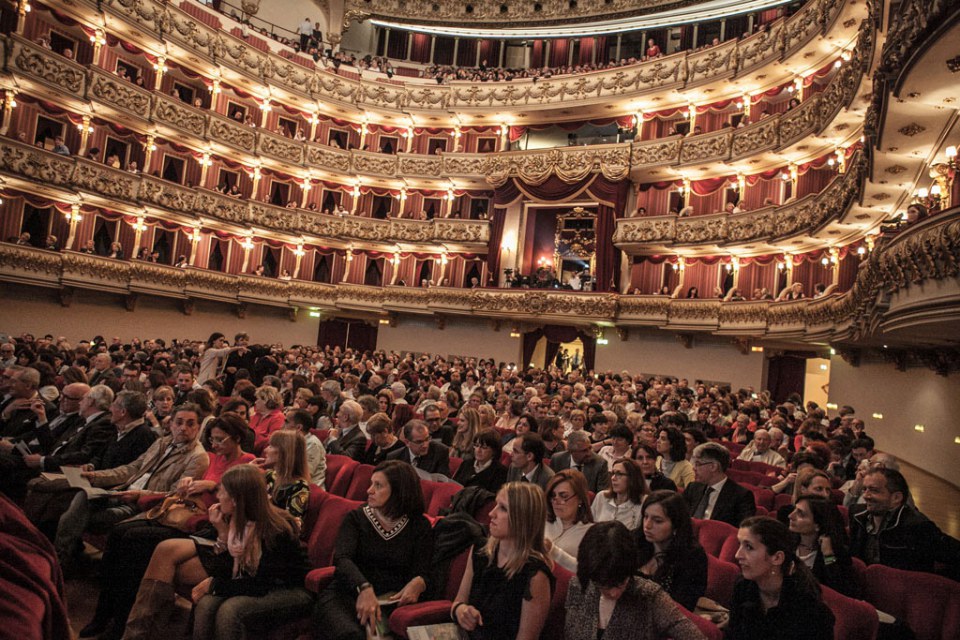

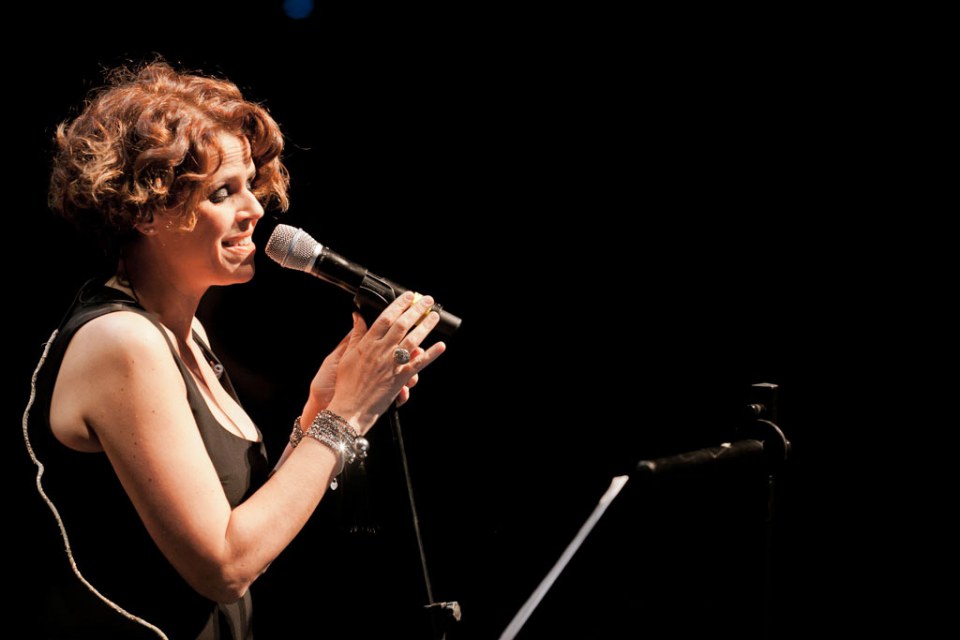

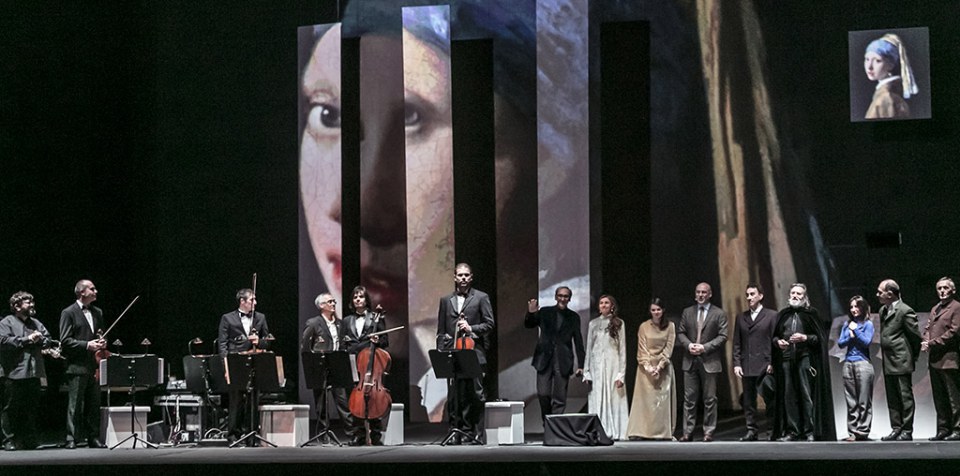
In 2005 he jointly curated a trilingual, three-volume edition of the general catalogue of the Bührle Foundation in Zurich, an extraordinary treasure house of art with works ranging from Gothic masterpieces to those of the twentieth-century avant-gardes.
In 2005 and 2008, as part of two international co-productions, he published the Italian edition of two catalogues: Disegni di Van Gogh. I capolavori (an exhibition staged at the Van Gogh Museum, Amsterdam and then at the Metropolitan Museum, New York) and Vincent van Gogh. I colori della notte (first staged at the MOMA, New York and then at the Van Gogh Museum, Amsterdam).
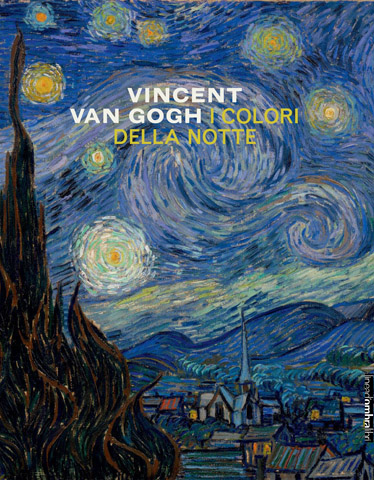
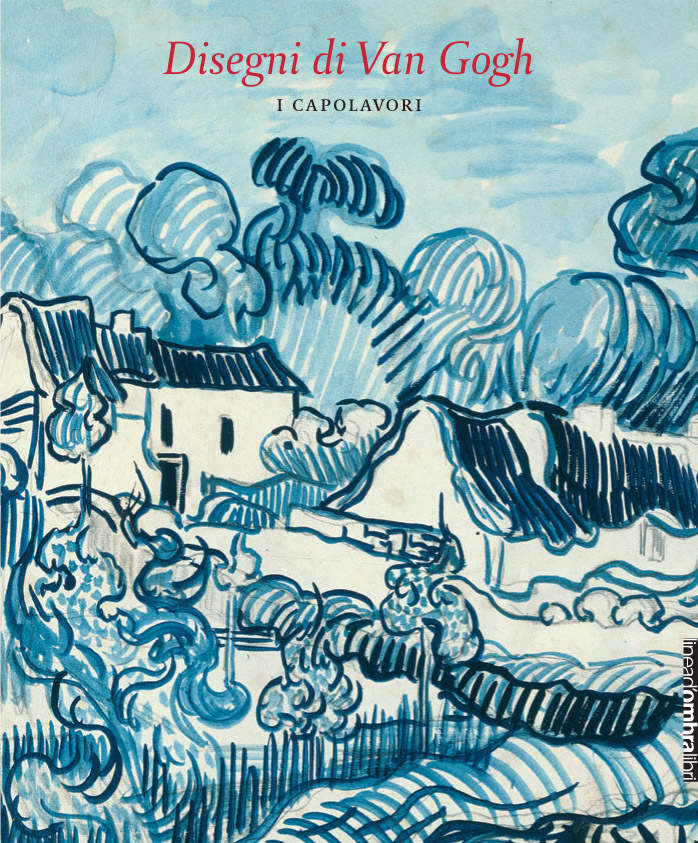
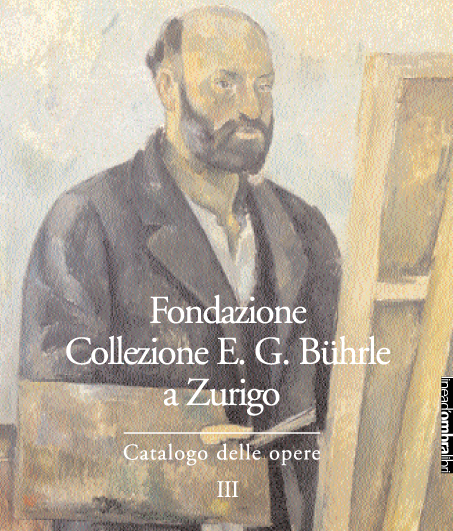
He was a lecturer for two years at the IULM University, Milan, and for two years at Ca’ Foscari University, Venice. At the invitation of the rector, Carlo Carraro, he gave the Lectio Magistralis at the opening of the 2010-2011 academic year at Ca’ Foscari University on the subject of the image of the Mediterranean in eighteenth- to twentieth-century painting.

